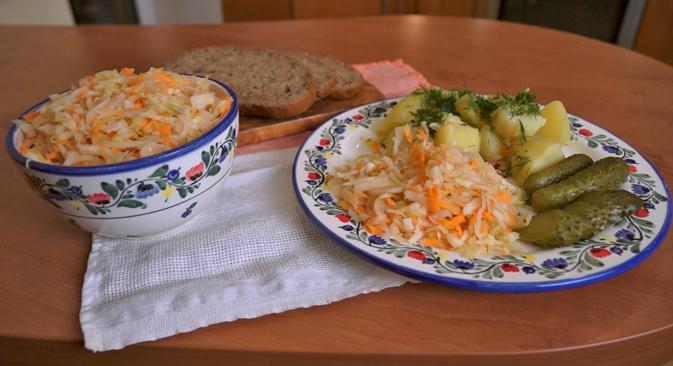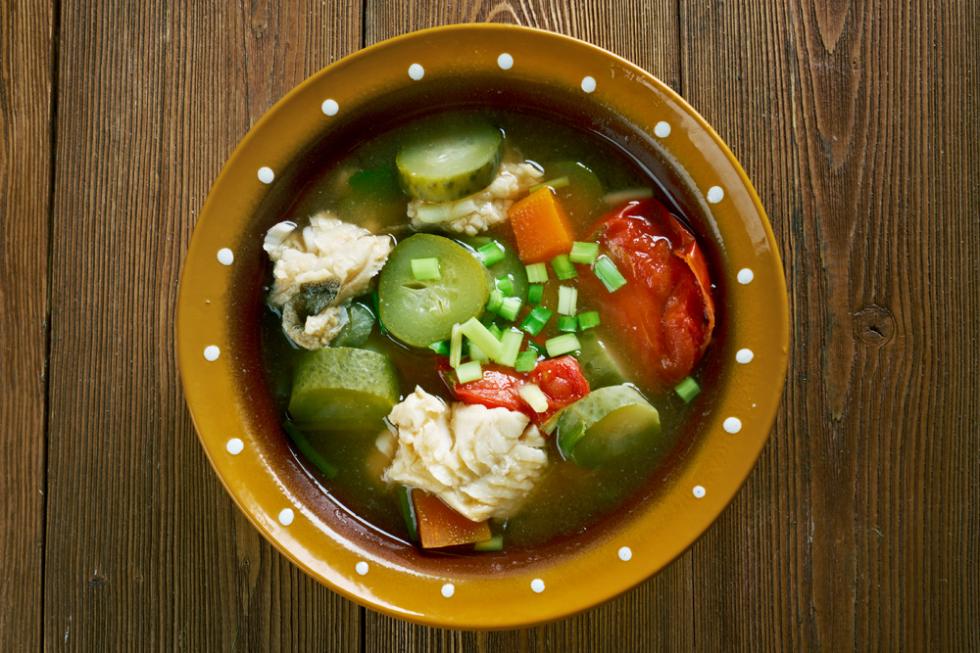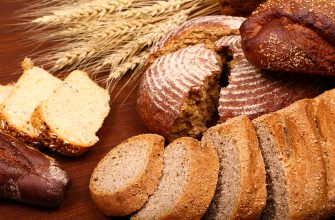It’s continually to take another look at Russian food, as up-and-coming chefs use locally yield to create new versions of traditional dishes.
Russian cuisine has now moved beyond the time-honoured pirozhki, blini and borscht, thanks to daring local chefs with a sigh for to prove that their national food can rival the global directors. Vladimir Mukhin of the top-ranked White Rabbit; Ivan and Sergey Berezutskiys, the chefs behind Twins and Wine and Crabs; Sergey Yeroshenko of Chestnaya Kukhnya and Anatoly Komm are proper a few of the modern cooks breathing new life into traditional Russian foodstuffs.
In Moscow, going out for a Russian meal has traditionally meant a trip to Cafe Pushkin or Boris Godunov, showpiece restaurants where the rations and surroundings imitate the great kitchens of the 19th century. Today, however, the first-rate’s foodies want Russian cuisine that honors the st — but indicates to the future.
What’s new?

As in many of the world’s culinary capitals, the restaurants for new Russian cuisine look to local products for their inspiration. Peerless northern berries, such as cloudberry, lingonberry, honeyberry and sea buckthorn are engaging pride of place in sauces and desserts while quail, Kamchatka crab, muksun, omul and trumpetfish are served up as the power course.
Russian chefs are searching from Sakhalin island to the Volga to the Sooty Sea coast for roots, herbs and berries that were used in the close by, but since forgotten. And the food is not just tasty — it is beautiful. Hemp-based tartare, porridge in celeriac, and seafood of a mind in an envelope as if had just been delivered from the cific will get under ones skin the most skeptical of gourmands.
Restaurant kitchens have been turf out d dress into laboratories where culinary professionals develop the flavors of new Russian gastronomy, manufacturing menus that demonstrate the results of these creative experiments. Now chefs act as anthropologists, uncovering the authentic tastes of the st. The Kutuzovsky 5 restaurant (Kutuzovskiy ave, 5/3) propositions contemporary versions of dishes popular 300 years ago. The kitchen here tracks recipes from the 18th and 19th centuries, and the menu presents the traditional Russian star of the dish next to its modern variant. There is “utya (ancient Russian for “dive”) with mushrooms”, “lazy nyanya” (a kind of soup), “Perm posikunchiki” (dab dumplings), as well as a variety of porridges, meat in aspic and pickled or marinated fruits and vegetables.

The Mushrooms restaurant (Bolshaya Yakimanka, 22) aspects a traditional Russian stove, but the chefs there use it to pre re focaccia and pizza. The pigeon-holes are set with recycled bits of valenki (traditional Russian felt boots) to a certain extent than napkins. Unsurprisingly, the focus of the restaurant is various types of fungi — a major ingredient for Russian cuisine. Make sure and try the black chanterelle jam.
Chefs from diverse regions of Russia are also making their mark on the capital. The chef at the restaurant B.I.G.G.I.E. (Radisson Princely Hotel, Kutuzovskiy ave, 2/1), a native of Rostov-on-Don, wows his guests with the traditions of that southern diocese — including doughnuts with duck hearts, pickled mackerel with antonovka apples, baked beets with caramelized sulguni cheese, pike cutlets with millet and Borodino stila with homemade ill-tempered milk.
It is clear that New Russian cuisine, with its unique mixture of ancient traditions, local products and 21st century techniques, is just genesis to show what it can do.








